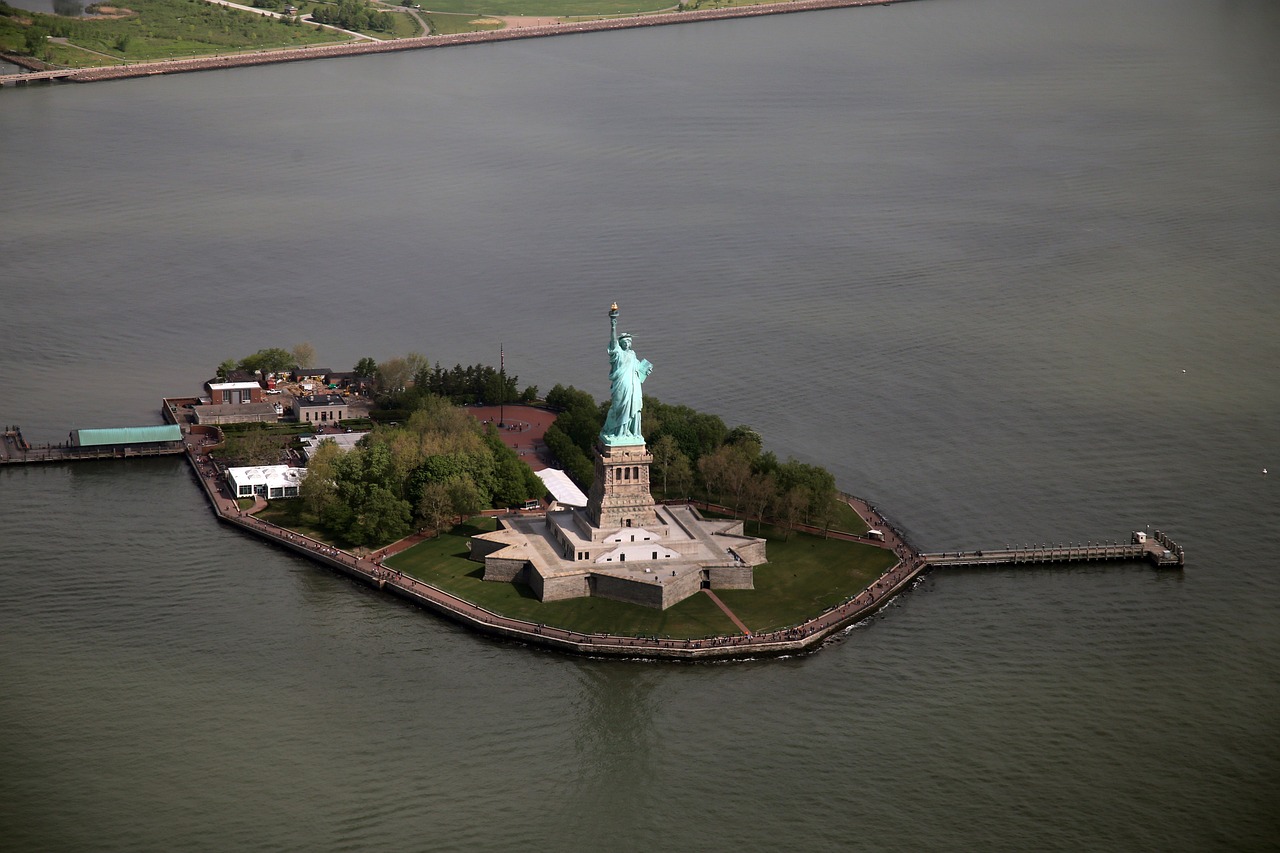Once envisioned as a towering beacon to guide ships safely through treacherous waters, the Statue of Liberty embarked on a different journey than originally intended. Initially serving as a lighthouse from its inauguration in 1886 until 1906, the statue’s torch was meant to illuminate the path for seafarers navigating the bustling waters of New York Harbor. However, despite its noble purpose, the torch’s light proved inadequate, failing to pierce the darkness effectively.
In a time when maritime navigation relied heavily on lighthouses to prevent shipwrecks and ensure safe passage, the Statue of Liberty’s transformation into a functional beacon seemed promising. Yet, the reality fell short of expectations, with observers likening the feeble glow emanating from the torch to that of a mere glowworm rather than the powerful beacon it was intended to be.
Recognizing the limitations of the statue’s illumination capabilities, the United States Lighthouse Board assumed control of the iconic landmark in 1887, seeking to optimize its function as a navigational aid. Despite efforts to enhance its effectiveness, including various modifications and adjustments, the statue ultimately relinquished its role as a lighthouse in 1906, transitioning to a new phase of symbolic significance.

Subsequently, the responsibility for the Statue of Liberty passed into the hands of the War Department in 1901, marking a pivotal moment in its evolving narrative. While its days as a functioning lighthouse may have ended, the statue continued to serve as a timeless symbol of freedom and democracy, standing tall as a beacon of hope for future generations.
Even today, the Statue of Liberty remains illuminated, albeit not by the flickering flames of a lighthouse beacon, but by the steady glow of electric light. A dedicated “keeper of the flame” ensures that the torch’s light bulb is always in working order, preserving the enduring legacy of this iconic monument and its unwavering commitment to guiding humanity toward a brighter future.
Also, the Statue of Liberty is a timeless symbol of freedom and democracy, drawing millions of visitors to New York City each year. Among its many iconic features, the torch held high by Lady Liberty has captivated people’s imaginations worldwide. However, since the fateful events of July 30, 1916, when the Black Tom explosion rocked the shores of New York Harbor, the torch has remained closed to the public.
Avid Writer with invaluable knowledge of Humanity!
Upcoming historian with over 30 million views online.
“You make your own life.”





